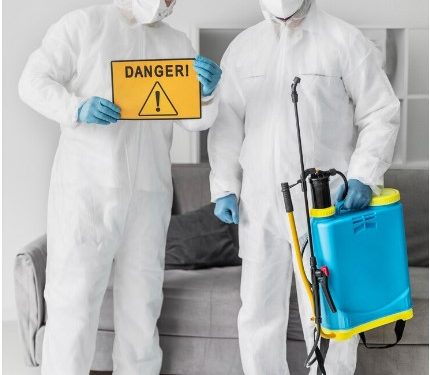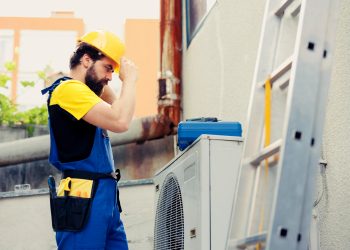Pinellas Park, Florida, a city known for its lush landscapes and vibrant community, also faces a challenge common to the Floridian climate: mold growth. This issue makes mold inspections a critical service for residents and businesses in the area, ensuring the safety and well-being of indoor environments.
Mold inspections in Pinellas Park are comprehensive assessments conducted by trained professionals to detect and evaluate the presence of mold in buildings. This process is essential because mold, while sometimes visible, often grows undetected in hidden spots, such as behind walls, under floors, or in ceiling cavities. Without professional inspection, these hidden infestations can cause significant health issues and property damage.
The inspection process starts with a thorough visual examination, where inspectors look for visible signs of mold and water damage, common indicators of potential mold issues. However, since mold can thrive in unseen areas, inspectors use advanced diagnostic tools. Moisture meters, for instance, are used to measure the moisture content in various building materials, identifying potential problem areas. Thermal imaging cameras also play a crucial role, allowing inspectors to spot hidden moisture issues that are conducive to mold growth without invasive methods.
Air quality testing is another pivotal aspect of mold inspections in Pinellas Park. Inspectors collect air samples from different areas of the property to analyze the concentration of mold spores. This type of testing is vital in assessing the air quality and identifying potential health risks associated with airborne mold, especially for people with allergies, asthma, or other respiratory issues.
The importance of regular mold inspections in Pinellas Park is underscored by the health risks posed by mold exposure. Mold spores can lead to allergic reactions, respiratory problems, and exacerbate existing health conditions. For vulnerable groups, such as the elderly, children, and those with compromised immune systems, these risks are particularly pronounced. Regular inspections ensure early detection and remediation of mold, thereby maintaining a safe and healthy indoor environment.
Mold also poses a significant threat to the structural integrity of buildings. It can degrade wood, drywall, and other materials, leading to structural issues and diminishing property value. Early detection through professional inspections is key to preventing such damage and preserving the longevity and worth of properties in Pinellas Park.
The city’s climate, particularly prone to hurricanes and heavy rains, further elevates the importance of mold inspections. These weather events can lead to water intrusion, creating hidden moisture problems that, if not addressed, can result in widespread mold growth. Conducting mold inspections after such incidents is critical for early detection and effective mitigation.
Moreover, mold inspection services in Pinellas Park provide crucial guidance on mold prevention. Professionals advise on maintaining appropriate indoor humidity levels, ensuring proper ventilation, and swiftly addressing any instances of water intrusion. These preventative measures are vital in a humid environment like Pinellas Park, reducing the likelihood of mold growth.
For real estate transactions, mold inspections are equally important. They offer buyers assurance about the health and safety of their potential new homes and provide sellers with an opportunity to address any issues before listing their properties, potentially enhancing marketability and value.
In conclusion, mold inspections in Pinellas Park, Florida, are an indispensable service for the health and safety of the community. They involve a detailed and methodical approach, encompassing visual inspections, advanced moisture detection, air quality testing, and expert analysis. Regular mold inspections are a proactive measure for property maintenance, ensuring that both residential and commercial spaces remain safe, healthy, and structurally sound in the face of the challenges posed by the local climate.













